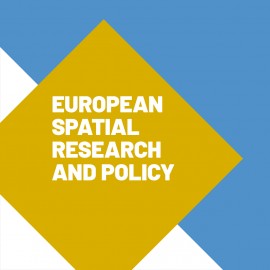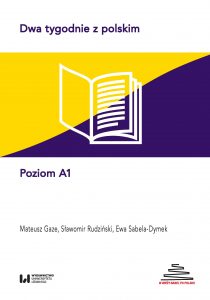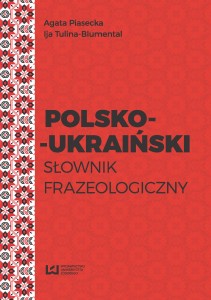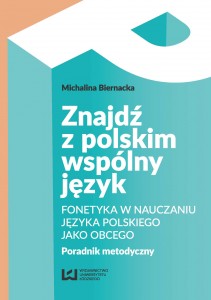“European Spatial Research and Policy” 2/2019 – Call for Papers
Opublikowano: 16 stycznia 2019

Redakcja czasopisma naukowego “European Spatial Research and Policy” zaprasza do przesyłania tekstów do numeru 2/2019.
Tytuł tomu: Mass immigration to Europe – a threat or opportunity?
Termin zgłaszania:
- abstraktów (300-500 słów): do 28 lutego 2019 r.
- artykułów: do 1 maja 2019 r.
Planowana data publikacji tomu: grudzień 2019 r.
Materiały prosimy przesyłać do Prof. Marka Sobczyńskiego (marek.sobczynski@geo.uni.lodz.pl)
Periodyk jest afiliowany na Wydz. Nauk Geograficznych Uniwersytetu Łódzkiego.
Wszystkie artykuły ukazują się na licencji Open Access.
Czasopismo jest indeksowane w bazach: Web of Science, SCOPUS, EBSCO, DOAJ i in.
Redaktor naczelny czasopisma: prof. dr hab. Tadeusz Marszał
Mass immigration to Europe – a threat or opportunity?
Special Issue
European Spatial Research and Policy
The flow of immigrants into Europe is a phenomenon commonly known since the end of the Second World War. To a large extent it was the result of a colonial and then post-colonial relationship between the metropolis and its overseas territories. This post-war migration movement, however, was not significant and was exceeded by other trends such as the emigration of Jews to Palestine, transatlantic migrations (mainly to North America) and until 1961 migrations between both German states. Politically enforced migrations in Eastern Europe were also important. This post-war migratory movement, often politically inspired, caused the recognition of the phenomenon of refugees. Already in 1951, the Geneva Convention was adopted, defining the term “refugee”. At the end of the 1950s, a new trend of migrants appeared, the genesis of which was the growing disproportions in the pace of economic development. The cheaper workforce from countries in Southern and Southeastern Europe, as well as Turkey, Ireland and Finland, has come to the fastest growing Western European countries. Occasionally, migrants from communist countries also came in (from Hungary, Czechoslovakia), at 1970s, mainly from Poland (Rica, Glitz, Ortega 2013, pp. 6-7).
The intensification of migration movements in Europe occurred after 1989 along with systemic changes in the eastern part of the continent (Salt 2006 p. 21). It was mainly flow from former communist states to developed countries of Western and Northern Europe, which amounted on average to about 850,000 people annually (Salt, Almeida 2006). The exiles (mainly from the former Yugoslavia and Afghanistan) were marginal in this process, while economic migrations were the main ones. During this period, the number of applications for asylum submitted in EU countries reached its apogee – almost 700,000, this state again occurred only in 2014 (Sasnal 2015, p. 10).
The phenomenon of increased migration to Europe observed since March 2015 combines both processes: economic migration, which undoubtedly dominates by numbers and exiles, of a much smaller scale, but given as a cause of migration by almost all migrants (Linka 2017, p. 5). A new phenomenon is the fact that a large part of migrants is uncontrolled migration, which in previous years was a marginal phenomenon. Uncontrolled migration (irregular migration) is “unauthorized crossing of the state border”. Also known in the literature is illegal, undocumented or unauthorized migration (Morehouse, Blomfield 2011, p. 4).Until recently, uncontrolled migration was a marginal problem for the EU. In 2008, the number of illegal migrants residing in EU Member States did not exceed 1% of their population, and illegal persons accounted for 7-12% of all immigrants. The number of attempted illegal crossing of EU borders has systematically decreased, from over 150,000 in 2007 to less than 120,000 in 2010 (Morehouse, Blomfield 2011, pp. 6-7).
A dramatic change in the number of migrants inflowing to the EU took place in 2014, when more than 600,000 applications for asylum were submitted, of which 55% were rejected. The largest uncontrolled inflow took place in 2015 when asylum applications were submitted by as many as 1.25 million people. In the following year, this phenomenon was somewhat restrained and subjected to greater control. Until September 2016, an inflow of only 314,000 migrants, it means half of the number that came in the first year of the migration crisis.
The problem of mass migration to Europe has thus become one of the leading issues of population and political geographies, not because of their size but political effects that led to a significant shift in voters’ support towards far-right and even nationalist, xenophobic and racist options, so far forming a narrow margin of the political scene. Mass migrations also seem to be an instrument of international policy implementation by key world powers.
It is worth considering what this mass influx of migrants to Europe looks like, what the directions of migration are, what the reasons for their launch were and where to look for them. The analysis of the process of migrants’ absorption in the target countries needs to be analyzed. The gender, age, religious structure and level of education of migrants have to be determined. In particular, it is necessary to analyze the situation created by the influx of migrants in Austria, Turkey, Greece, Macedonia, Spain, Portugal, the United Kingdom and Malta
Submission deadlines:
- Abstract submission (300-500 words): February 28, 2019
- Full paper submission: May 1, 2019
- Issue due to be published by the end of December 2019.
If you are interested in submitting a paper to the Special Issue of ESRAP, please send your abstract (300-500 words) to Marek Sobczyński (marek.sobczynski@geo.uni.lodz.pl) by the end of February 2019.
Komentarze
Ten post dostępny jest także w języku: angielski






